#supra
Used Car of the Day: 1991 Toyota Supra
Our team is busy grinding away in the blog mines, so we've been quiet this morning. We'll start your afternoon off with a treat: A clean-looking 1991 Toyota Supra.
2023 Toyota GR Supra 3.0 Premium MT Review – For Extra Fun, Add Third Pedal
In a bit of serendipitous timing, we saw earlier this week that a lot of 2023 Toyota Supra buyers are opting for the manual.
Having tested one earlier this year, I can see why.
Toyota Releases Limited Editions of the GR Corolla, GR Supra, and GR86
Eager to continue showcasing its performance products sold under the Gazoo Racing banner, Toyota has introduced special editions of the GR Corolla, GR86, and GR Supra. Sadly, this makes them limited in nature and subject to dealer markups you might not want to deal with. However, if you’re looking for a collectible Toyota to keep in your garage for a few decades, these models are probably worth looking into.
Used Car of the Day: 1982 Toyota Supra MKII
Today's UCOTD is a straight-up project car.
There's no doubt from the ad that this 1982 Toyota Supra MKII needs help. Hence the low price of just $4,500.
Report: Teacher Rents Toyota, Races It
In a story coming to you out of your author's hometown, we have a teacher who rented a Toyota Supra on Turo ... to set a land-speed record.
Toyota Adds Manual Transmission to Six-Cylinder Supra
Any of you lot who’ve been claiming to be holding off buying a Supra simply because it doesn’t have a third pedal will need to break out your checkbooks. This morning, Toyota announced what was teased earlier this month: the Supra is getting a bonafide manual transmission.
Well, there’s still one out: It’ll be limited to models powered by the 3.0-liter engine.
Toyota Supra Finally Getting Manual Transmission
Toyota engineers have been fairly adamant that there would eventually be a manual version of the Supra sports coupe since its formal introduction in 2019. By February of 2020, chief engineer Tetsuya Tada even confirmed that the car has been tested extensively with a clutch and choose-your-own-adventure gearbox. But Toyota explained that the automaker opted against having one at launch due to a desire to lead with the model yielding the best specs on paper. Toyota was also fretting over customers modifying vehicles, claiming the eight-speed automatic could handle far more torque before giving into physics and dismantling itself.
However, the automaker has recently begun teasing the Supra with a three-pedal setup over social media, later stating that an-all new manual transmission was indeed on the way for the coupe. But why now?
Stick With It: Supra Could Gain Manual Transmission
A common knock on the new Toyota Supra, besides its close ties to a certain BMW, is its lack of a manual transmission. Sure, there are umpteen reasons why a well-sorted automatic is (on paper) better than a stick – but the involvement and entertainment of a slick-shifting manual cannot be denied.
Now, well-placed rumors are suggesting Toyota is going to offer Supra buyers a chance to row their own gears.
Junkyard Find: 1980 Toyota Celica Supra
In 1970, Toyota introduced the world to a pair of cars based on a new platform: The Carina sedan and the Celica sports coupe. The Carina was sold in the United States for just the 1972-73 model years and disappeared without a trace, but its Mustang-resembling Celica sibling proved to be a big sales hit on this side of the Pacific. With their truck-appropriate four-cylinder R engines, though, those U.S.-market Celicas of the 1970s were slow and tended to sound like a Hilux groaning up a mountain pass in Waziristan with a load of 15 Red Army-battling mujahideen fighters. So, Toyota widened and lengthened the second-generation Celica, yanked out the truck mill, and dropped in a straight-six. Thus was the Celica XX born in 1978, and when it arrived on our shores in the following year, it had a new name: Celica Supra!
Toyota Wants to Expand GR Performance Arm
Toyota is reportedly taking the performance aspects of its brand, which some of our readers might recall has been a little spotty, very seriously and has begun making plans to broaden the horizons of the Gazoo Racing (GR). The sub-brand, which seems to be gradually supplanting Toyota Racing Development (TRD), has introduced a slew of GR-badged models in Asia and Europe and will be affixing the title onto the returning 86 coupe. It has also slapped the performance designation onto the current-generation Supra here in North America, with no intention of stopping there.
According to Bob Carter, executive vice president of sales for Toyota North America, the Japanese manufacturer wants to extend the GR treatment to even more models.
Rare Rides: The 1999 Lexus SC 400, Predecessor to The Lame One
You know what? The Rare Rides series has never before featured a Lexus vehicle. The other day, a helpful commenter provided a link to an extra clean SC 400 for sale, so here we are with our first Lexus installment of Rare Rides.
2020 Toyota GR Supra 3.0 Premium Review - Mission Focused
Perhaps the biggest criticism of the 2020 Toyota Supra is that it borrows too much of its bones from BMW.
I didn’t care about that during our first drive, and after a longer loan with the car, I still don’t. Except for one aspect of the use of the BMW parts, which I’ll get to.
Rare Rides: The 1992 Lotus Excel, End of an Era
Today’s Lotus Excel hails from the end of a period of transition at the famed British brand. Built for 11 years, by the end of Excel’s run the company had chosen a new direction for its cars.
Most would say the change was for the better.
Could the Toyota Supra Get a Big Power Bump?
Our friends over at Motor1 have been busy today.
First it’s the rumor about the next-gen Honda Civic Type R getting a big power boost and all-wheel drive, and now they’re reporting that a version of the Toyota Supra might get a big power bump, bigger than what the car got in 2021.
Well, actually, it’s Japanese Web site BestCarWeb.jp, the same site that surfaced the Civic rumors, doing the reporting – Motor1 is just aggregating the info, same as I am right now, after translating it.
2021 Toyota GR Supra 2.0: Ditch Power and Weight to Save Yourself Eight Grand
Toyota made significant changes to the new-for-2020 Supra just one year into its lifespan, adding a new, cheaper four-cylinder model and bumping the output of the previously solitary inline-six version. That’s not the only hardware change in store for the resurrected sports coupe, either.
For many, whether or not they ever get into a Supra will come down to price, and that’s where the new GR Supra 2.0 enters the fray.



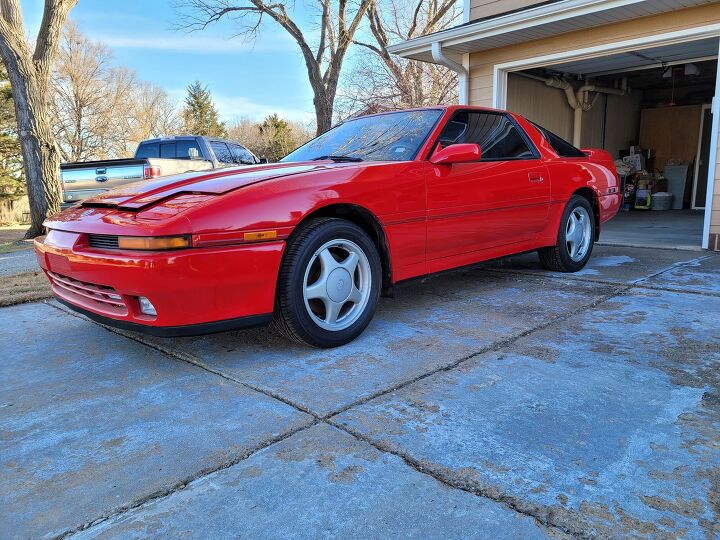


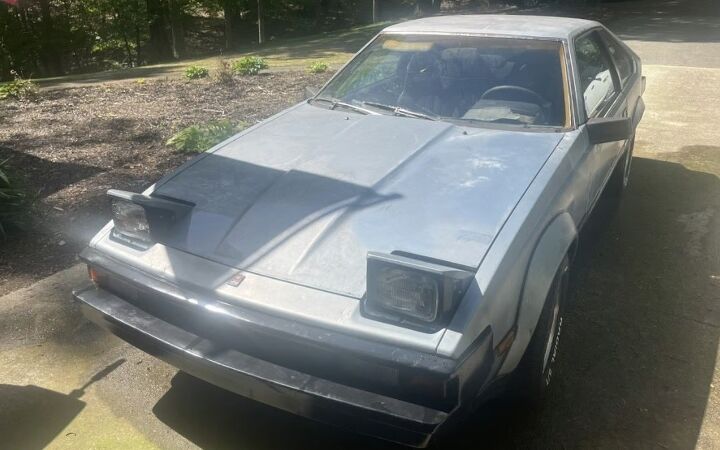


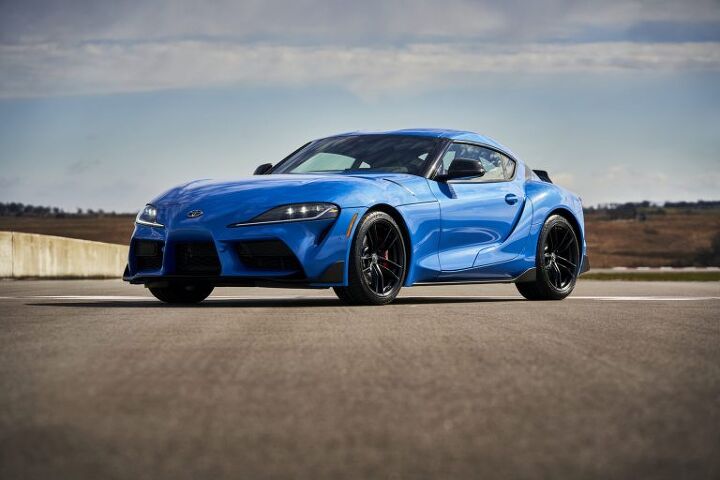
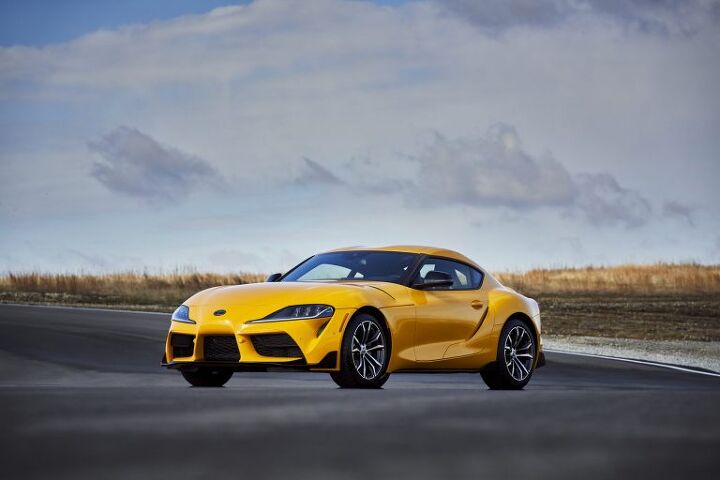
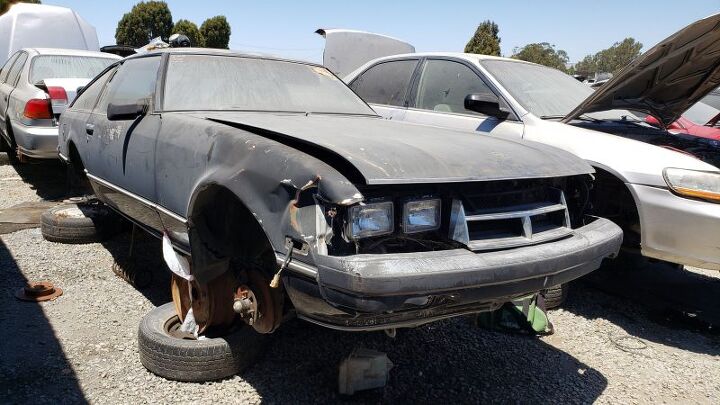


















Recent Comments